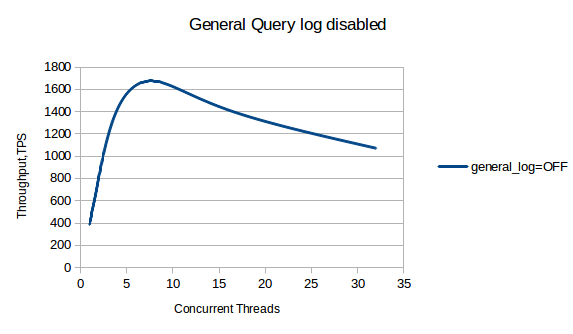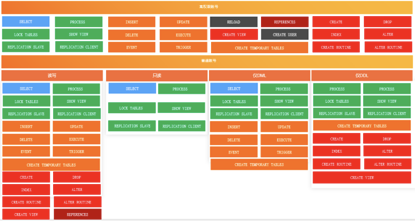


支持阿里云数据库,希望能为更多云用户服务;之前支持阿里巴巴集团数据库,承担了业务的数据库设计,架构优化,异地多活,库存热点优化,稳定性保障等工作,经历数次双11,有丰富的实战和优化经验和对业务的敏感度。关注数据库、数据仓库、大数据等领域。

暂时未有相关通用技术能力~
阿里云技能认证
详细说明

2022年07月
 发表了文章
2022-07-25 21:17:41
发表了文章
2022-07-25 21:17:41

 发表了文章
2022-07-25 12:02:08
发表了文章
2022-07-25 12:02:08

2021年09月
 发表了文章
2021-09-03 16:03:27
发表了文章
2021-09-03 16:03:27
2020年11月
 发表了文章
2020-11-10 12:22:39
发表了文章
2020-11-10 12:22:39

 发表了文章
2022-07-25
发表了文章
2022-07-25
 发表了文章
2022-07-25
发表了文章
2022-07-25
 发表了文章
2021-09-03
发表了文章
2021-09-03
 发表了文章
2020-11-10
发表了文章
2020-11-10
 发表了文章
2019-01-30
发表了文章
2019-01-30
 发表了文章
2019-01-15
发表了文章
2019-01-15
 发表了文章
2019-01-10
发表了文章
2019-01-10
 发表了文章
2018-12-25
发表了文章
2018-12-25
 发表了文章
2018-11-16
发表了文章
2018-11-16
 发表了文章
2018-11-14
发表了文章
2018-11-14
 发表了文章
2018-10-29
发表了文章
2018-10-29
 发表了文章
2018-10-10
发表了文章
2018-10-10
 发表了文章
2018-10-09
发表了文章
2018-10-09
 发表了文章
2018-10-09
发表了文章
2018-10-09
 发表了文章
2018-10-09
发表了文章
2018-10-09
 发表了文章
2018-09-29
发表了文章
2018-09-29
 发表了文章
2018-08-22
发表了文章
2018-08-22
 发表了文章
2018-08-02
发表了文章
2018-08-02
 发表了文章
2018-07-19
发表了文章
2018-07-19
 发表了文章
2018-05-29
发表了文章
2018-05-29
